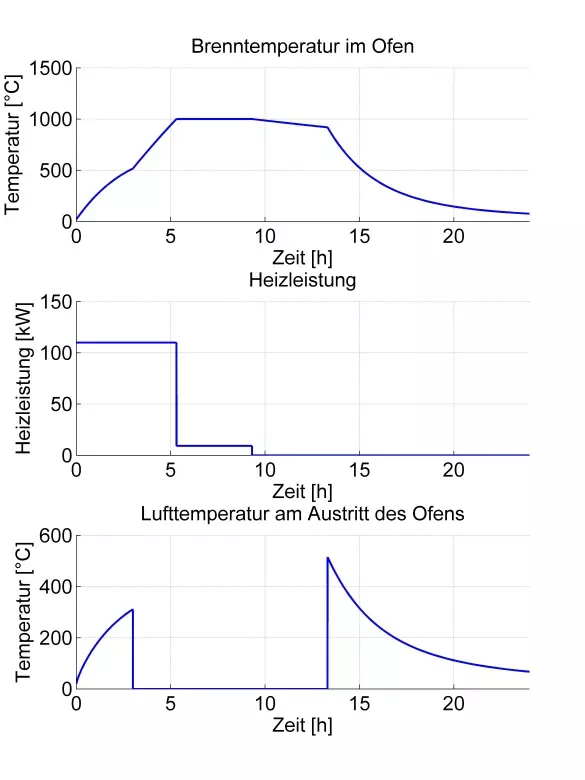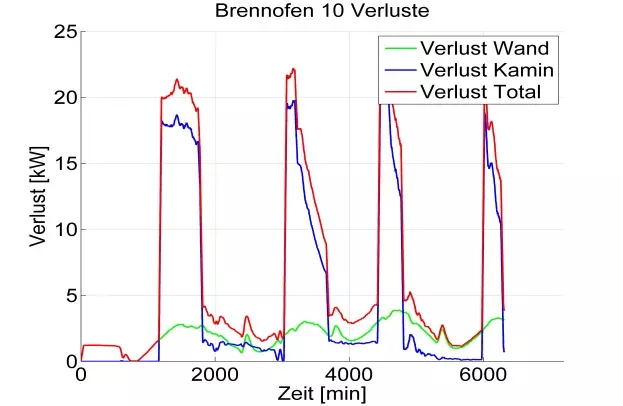Waste heat utilisation concept for the casting engineering company Wolfensberger AG
Motivation
Many processes in industrial operations produce large amounts of waste heat, which have been previously released into the environment without being utilised. The energy efficiency can be increased through a reduction of the energy consumption or a sensible further utilisation of the waste heat. In this study conducted for the casting engineering company Wolfensberger AG investigated, how to increase the energy efficiency of the electrically powered burning processes of casting molds. This work was also supported by EKZ, Elektrizitätswerke des Kantons Zurich (electricity provider of the Canton Zurich).
Implementation and Results
The waste heat flows could be quantitatively determined using temperature and volume flow measurements. A simulation model for the temperature profile in the furnace and at the furnace outlet made it possible to analyse various operation scenarios. The maximum usable thermal energy of the 27 furnaces in the facility equals 1,264 million kWh per year. For three approaches to waste heat utilisation, the potentials for energy recovery and savings were determined, which could be achieved through improved servicing and insulation of the furnaces.
The improved thermal insulation of the furnaces made savings in electric power of 862,300 kWh/year possible. The utilisation of waste heat from furnaces that have not been renovated can lower the consumption of heating oil by 63 %, or 66,900 l. Drying fresh wood with the available waste heat can increase the fuel value by 618,000 kWh. The use of waste heat for heating and drying wood is economically sensible. The use of waste heat in an ORC process for the generation of power, on the other hand, incurs very high cost.
At one glance
Involved Institutes and centers:
Project partner:
Co-financing:
Project status: completed

